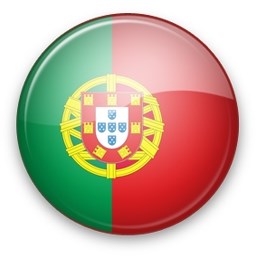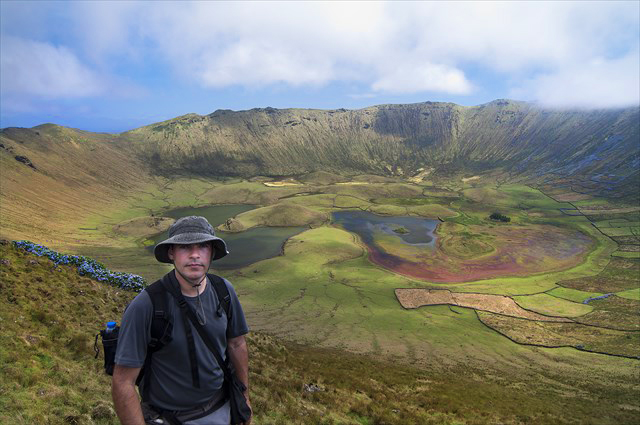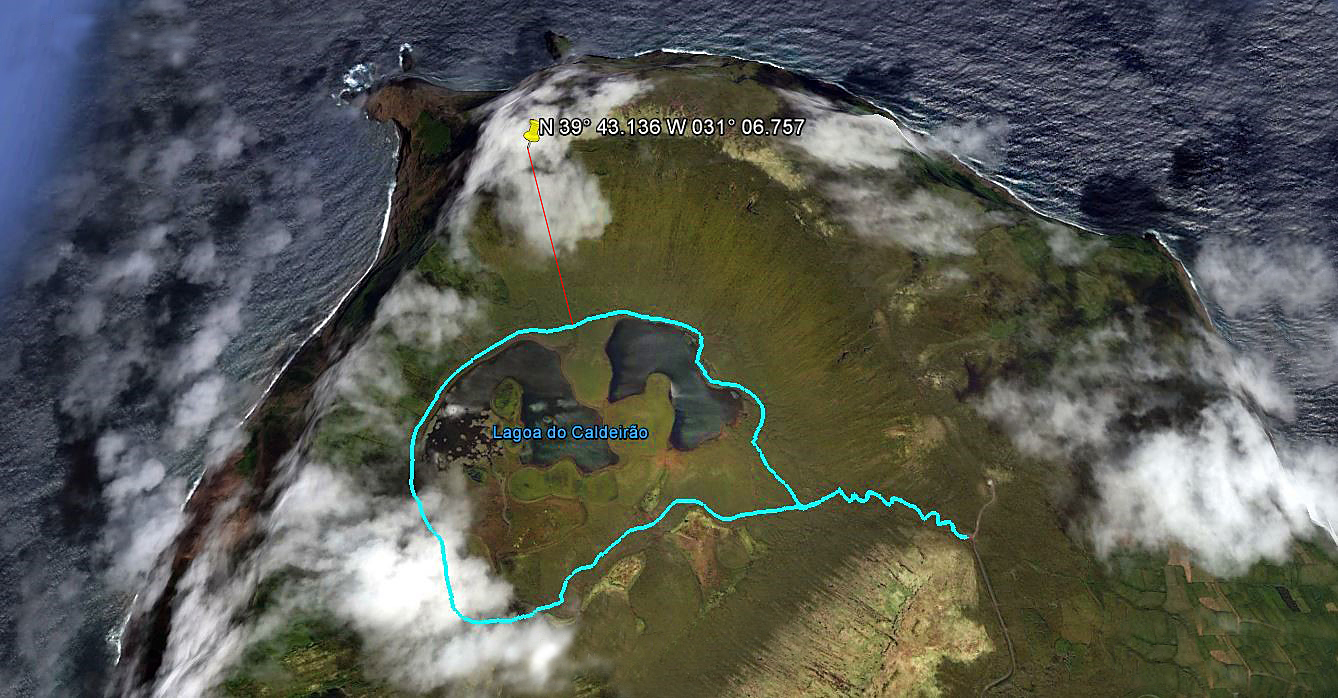In this our time, 4th of August 2009 as I look out onto the Atlantic ocean thinking of the local and historical legend where in this area stood a stone statue of a Arabic figure mounted on horseback pointing West I hope everyone that finds this cache can find what there really looking for in this brief journey thru time....

A Lenda do Cavaleiro da ilha do Corvo é uma tradição oral da ilha do Corvo, no arquipélago dos Açores, sobre a descoberta dos Açores. Tem base nos mitos que envolviam as ilhas do Grande Mar Ocidental e a época dos descobrimentos portugueses. A história começa depois 1452, quando os primeiros navegadores que navegavam para Ocidente a partir de Portugal continental avistaram aquela que veio a ser chamada de Ilha do Corvo. Segundo a lenda, ao aproximarem-se da nova terra avistada, os navegadores viram sobre a parte mais alta de um monte uma estátua equestre. O alazão apoiado nas patas traseiras, com as patas dianteiras levantadas no ar a apontar para o noroeste, apontava para a frente, para mostrar o caminho do Novo Mundo. O cavaleiro empunhava uma espada num braço erguido. Ambos tinham sido esculpidos no basalto negro vulcânico, pedra mãe do substrato da ilha do Corvo. Esta estátua teria sido mandada retirar pelo rei D. Manuel I de Portugal para ser levada à sua corte. No entanto, ao ser transportada numa nau, a estátua naufragou junto com a embarcação que a transportava. Dela apenas restam lendas, histórias e registos na Crónica de D. João III e na Crónica de Damião de Góis.


Now, if the ancients knew the Canaries, could they have gotten back home the way the Portuguese in later times did, by making two long tacks, the first from the Canaries to the Azores, the second from the Azores to home? Only if they knew the Azores, and that is still an open question despite some provocative recent research. In 1749, a Swedish savant claimed to have discovered a hoard of Carthaginian coins in the ruins of an abandoned building on the island of Corvo in the Azores. He published a description of them along with good illustrations--and then the coins somehow disappeared. Ever since, controversy has raged: can the story be believed? Were the coins left by some ancient inhabitant of Corvo? There was another tantalizing clue: in a book published in 1567, a Portuguese historian told of a stone statue of a horseman that the Portuguese had found on the island. The Carthaginians often represented gods as horsemen; could the statue - inevitably now lost - have been set up by Carthaginians living on Corvo? All this was so intriguing that, in June 1983, B. Isserlin of the University of Leeds mounted an archaeological expedition to see whether amy ancient remains could be found on Corvo. The first three sites he tried produced nothing. He moved to a fourth, and here his hopes rose: it yielded a batch of pottery fragments, of which some, judging by their looks, could well have been ancient. But, after subjecting them to all sorts of tests, he was left hanging. In every case there was a margin of uncertainty: they could have been Carthaginian, but they could also be of much later times. Until the archaeologists have better luck, we must continue to assume that the Azores unknown up to 1418, when one of Henry the Navigator's ships, blown off course, landed there. by Lionel Casson in "Archaeology" (May/June 1990, pp. 50-55)


We advise you to approach this geocache following the direct red line, as a detour, from the PR2COR trail. (check image)
Following the spirit of the game please remove only one item while depositing also one.
This geocache was adopted and the initial content was:
Pencil pad, geocaching instructions, golf ball, golf tee, cloths pin, stone salamander, stone face Pacific Ocean, Azores tag, pin, key holder, Azorean flag sticker Coins Mexican 20 centavos 1970 France 5 francs 1970 Oriental coin date unknown Ireland 2 pens 1979 Holland 1 shilling 1956 Portugal 5 escudos 1990 Canada 10 cents 2006 USA half dollar 1974